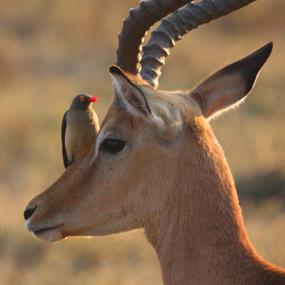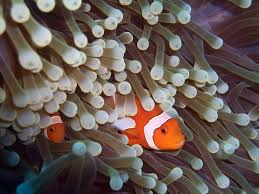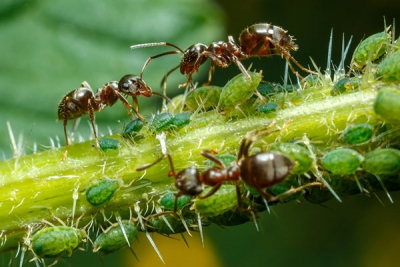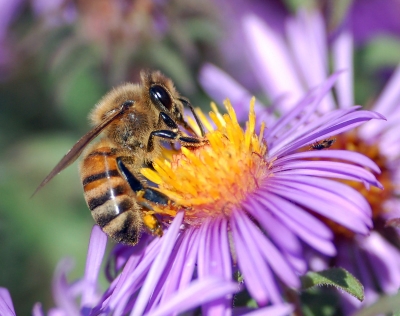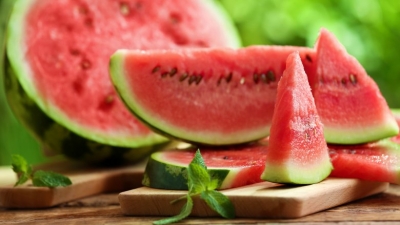
Paper is a dried, compressed mat of plant fibers—nothing more, nothing less. It's a bit like clothing you can write on. No, really! Clothes are made by weaving together yarns such as cotton and wool spun from natural fibers. Paper is more like the fabric we call felt, made without the weaving stage by pressing together cellulose fibers extracted from plants and trees so they knit and fuse to form a strong, solid, but still very flexible mat.
Most paper pulp is made from trees (mainly fast-growing, evergreen conifers), though it can also be made from bamboo, cotton, hemp, jute, and a wide range of other plant materials. Smooth papers used for magazines or packaging often have materials such as china clay added so they print with a more colorful, glossy finish.
Here's the basic idea: you take a plant, bash it about to release the fibers, and mix it with water to get a soggy suspension of fibers called pulp (or stock). Then spread the pulp out on a wire mesh so the fibers knit and bond together, squeeze the water away, dry out your pulp, and what you've got is paper! Paper is really easy to make by hand (try it for yourself) but people use so much of it that most is now made by giant machines. Whichever method is used, there are essentially two stages: getting the pulp ready and then forming it and drying it into finished sheets or rolls.
Papermaking by hand
The raw plant material is placed in a large vessel filled with water and literally beaten to a pulp to make a thick suspension of fibers called half-stuff. This is formed into sheets of paper using a very basic frame made of two parts: a metal mesh called a mold that sits inside a wooden frame known as a deckle (a bit like a picture frame). The mold and deckle are dipped into the half stuff and gently agitated so an even coating forms on top, with most of the water (and some of the pulp) draining through. The deckle is then removed from the mold and the soggy mat of paper is placed on a sheet of felt. This process is repeated to make a number of interleaved sheets of paper and felt, which are then placed inside a screw-operated press and squeezed under immense pressure to squash out virtually all the remaining water. After that, the sheets of paper are taken out and hung up to dry.
Papermaking by machine
Although some expensive papers are still crafted by hand, most are churned out quickly, efficiently, and automatically by gigantic machines. Pulp is prepared for papermaking machines either mechanically or chemically. The mechanical method (generally used to make lower-grades of paper) is called the ground-wood process, because the pulp was originally made by using huge stones to grind up logs. Nowadays, pulp is prepared by giant machines that cut, wash, chop, beat, and blend wood, rags, or other raw materials into a soggy mass of fibers. In the chemical method, known as the Kraft process (from the German word for "strength," because it produces strong paper), plant materials are boiled up in strong alkalis such as sodium sulfide or sodium hydroxide to produce fibers. At this point, loading materials (surface coatings such as clays), dyes (to make colored paper), and sizes (to strengthen and waterproof and prevent inks from spreading) can be added to the mixture to change the properties of the finished paper (sometimes they're added later).
Picture Credit : Google

